Alan Silverman Holds a Mastering Class at NYC's Innovative Audio
and our Jacob Heilbrunn was there and files this report
Elliott Fishkin, the owner of Innovative Audio, a store located just below Central Park on East 59th Street, has recently hosted several events, including the introduction of the dCS Varese CD/SACD playback system earlier this year, that I very much enjoyed attending.
When Fishkin sent a text message a few weeks ago asking whether I would like to attend a session that he was holding on June 12 with legendary mastering engineer Alan Silverman, founder of Aerial Sound, I was more than game.
As it happens, I had the opportunity a few years to visit Kevin Gray at his Cohearent Audio in North Hills, CA where I started to understand what was involved in mastering a recording. Gray and Ron Rambach of Music Matters weren’t dealing with digital files, but remastering a number of original tapes on a Studer reel-to-reel deck to create fresh lacquers for a limited series of Blue Note LPs. That gave me a glimpse into the process.
Now I was about to receive another one. After traveling on Amtrak from Washington to Manhattan, I was soon basking in the ambiance of Fishkin’s underground audio emporium--a kind of Batcave for music lovers that that holds no less than five well-appointed listening rooms stuffed with gear from the likes of Wilson Audio, Marten, D’Agostino and CH Precision.
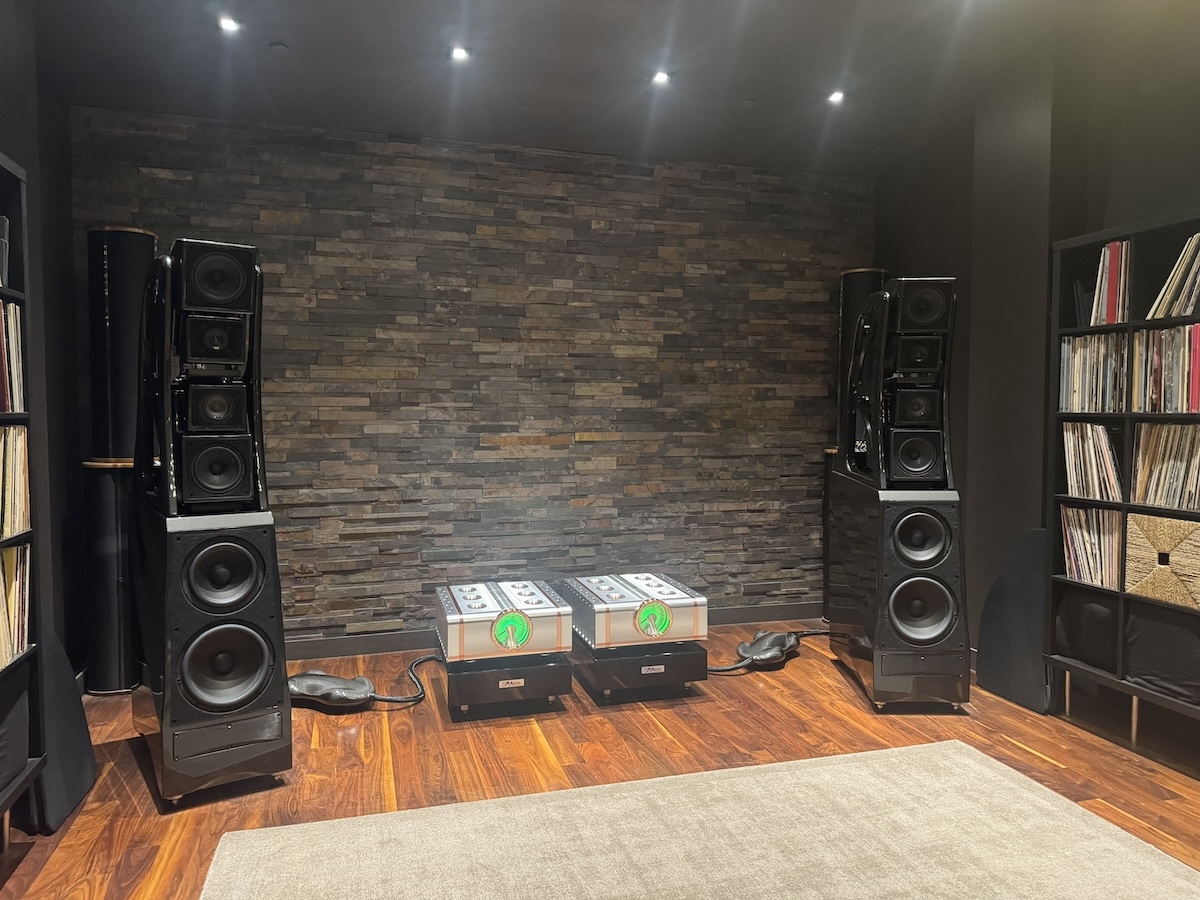
Innovative held two separate sessions that evening with Silverman, both of which were well attended—every seat filled. Given Silverman's renown—he is one of the most respected mastering engineers in the record industry—I wasn’t wholly surprised to see such a large crowd of enthusiasts. To date, he has mastered close to 10,000 tracks and garnered credits on 100+ Grammy-nominated and winning records. His work spans all genres of music from dancehall to symphony hall. Known for his dedication to excellence in recorded music, he has earned career-long trust from many of the world’s most accomplished musicians.
Together with Fishkin, Emron Mangelson of dCS (company head David J. Steven was originally supposed to join the event but unaccountably spurned it in order to receive an award from King Charles III at Windsor Castle) welcomed Silverman who came across as an intense and modest guy.
Silverman, who is also an NYU Professor, was honored as part of dCS's Bartók Masters series celebrating the work, histories & passions of music industry creators. He's worked with, among others Judy Collins, Keith Richards, Rufus Wainright, Willie Nelson and Norah Jones.
He recorded film scores for directors Lasse Hallström, David Mamet, and Frank Oz, and renowned composers Elmer Bernstein and John Barry. Silverman recorded the soundtrack for “The Birdcage” starring Robin Williams, directed by Mike Nichols, and produced the soundtrack for the film adaptation of “The Fantasticks” directed by Francis Ford Coppola.
Silverman was clearly somewhat abashed by the praise that was lavished upon him by his hosts—he observed at the very outset that the real credit belonged to the musicians themselves. The system that Silverman employed was based around a pair of Wilson XVX loudspeakers, D’Agostino Relentless 800 monoblock amplifiers, a dCS Varese DAC and Transparent Audio Magnum Opus cabling.
Silverman sought to explain the basics of just what it is that a mastering engineer does. The first principle, if I understood him correctly, seems to resemble the Hippocratic oath—first do no harm. The mastering engineer, he noted, is handed a completed recording. His or her job is not to upend but, rather, to polish the final musical presentation. He noted that the importance of the mastering engineer first began to become recognized in the 1960s when Doug Sax and Robert Ludwig entered the field. Former symphonic trumpeters like Ludwig and Sax, Silverman stated, seemed to possess a special auscultatory acuity when it came to mastering records. Since then, a kind of mystique has attached to the top mastering engineers who sprinkle what amounts to fairy dust on recordings.
Silverman streamed several recorded files through the dCS Varese, showing how by simply shelving the bass region around 100Hz by as little as 1dB, it was possible to clean up the midrange and highs. Suddenly, the thudding bass emanating from the Wilson XVX’s was gone and the backing chorus sounded much clearer. On another recording by the singer and pianist Anjani Thomas, Silverman pointed out that by tinkering with the frequencies, he could make the overall recording sound less perky and more mysterious. In the end, however, he confessed that mastering recordings is an inherently subjective process.
At one point an attendee asked Silverman what he does when a musician doesn't like what he's done to their recording. "Give them what they want!" was his answer. He also expressed admiration for the sound produced by the Wilson XVX loudspeakers, which he said were far better than what he used in his mastering suite.
He ended by quoting from an email that the late Sage Joyce Sevila had sent him and that lauded his efforts to improve her recording—“It is beyond beautiful. It is alchemy.”
How right she was! As I walked through Fishkin’s store, which displays numerous great LP covers on its walls, I was reminded both of the artistry of legendary performers and the labors that it required to create them in the first place. Whether the sophisticated tools that are now available to mastering engineers result in superior recordings than in the past is an open question.


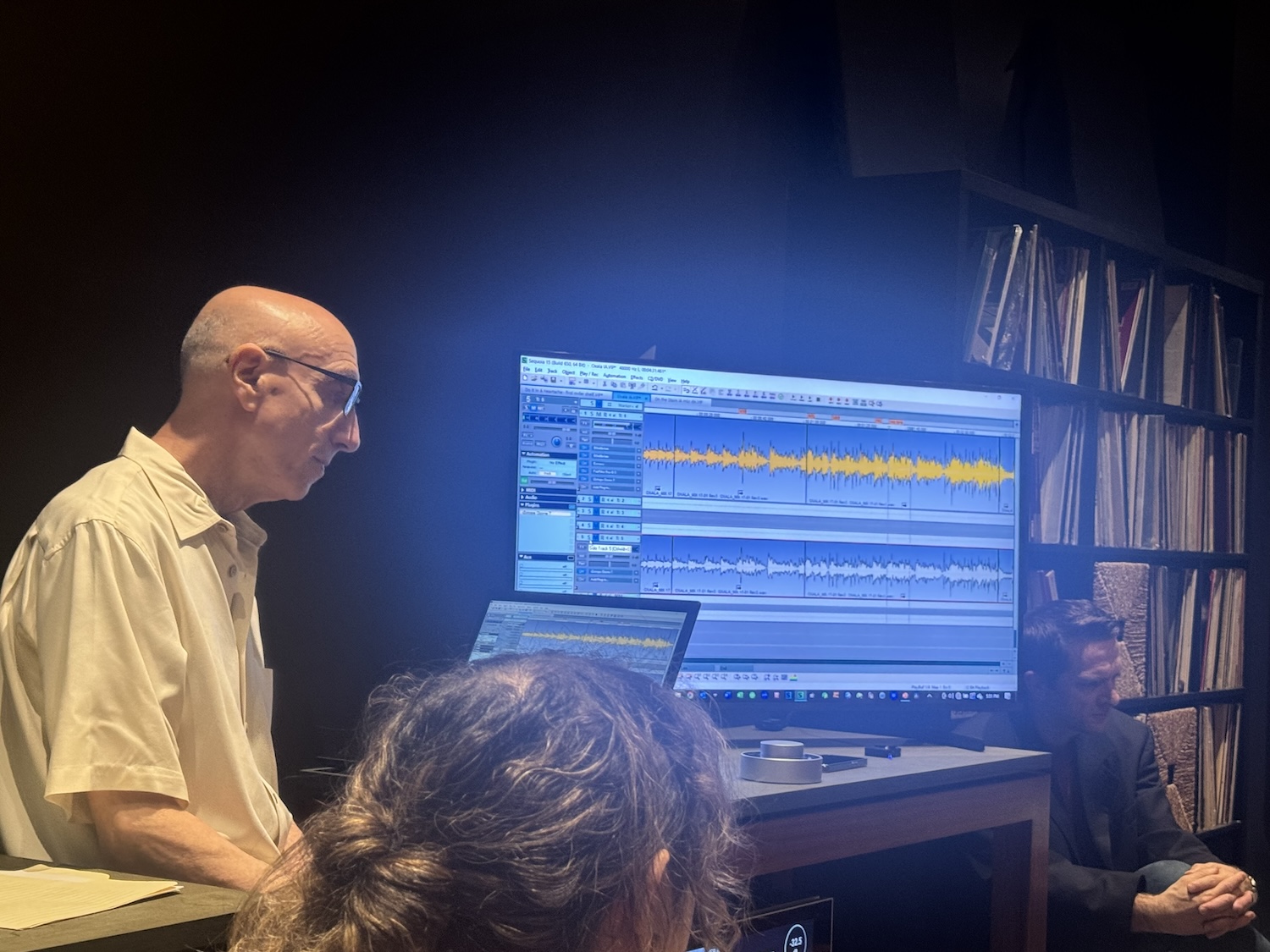

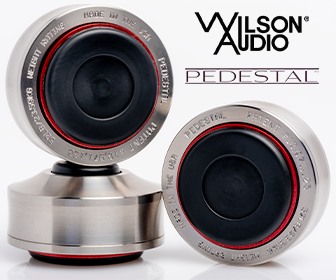
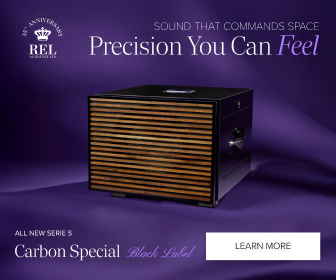
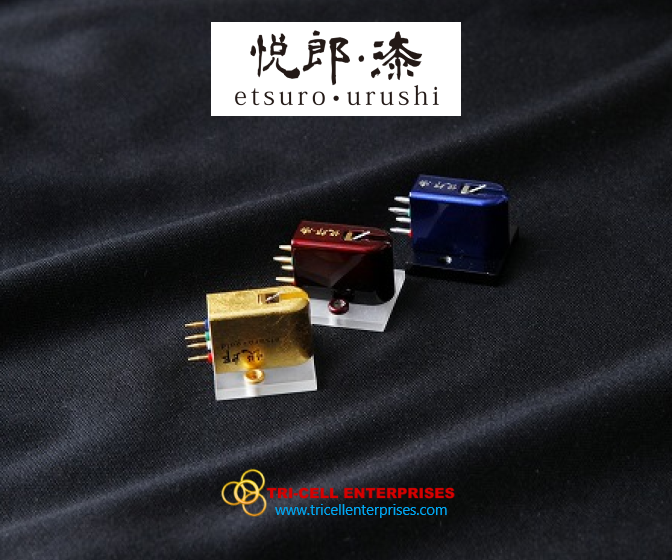
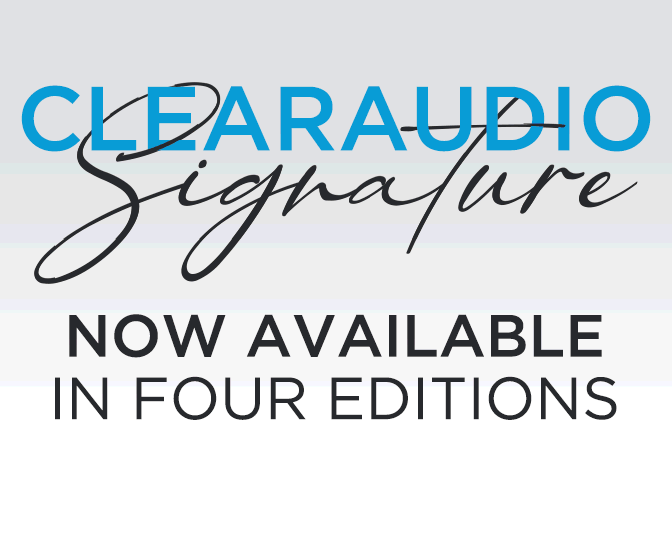
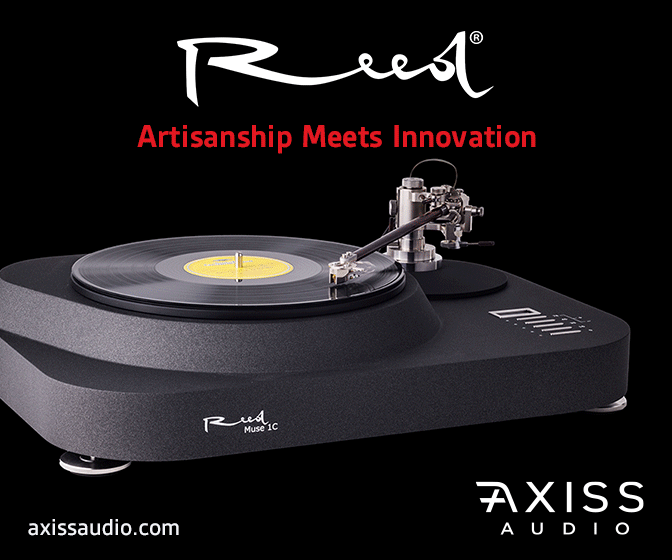
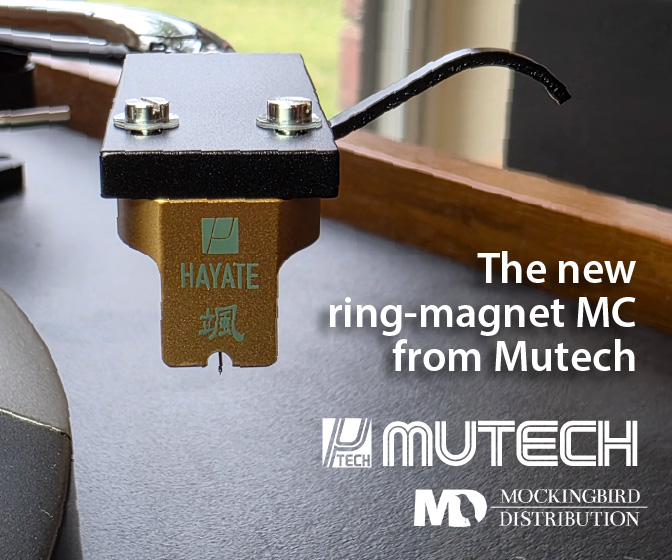
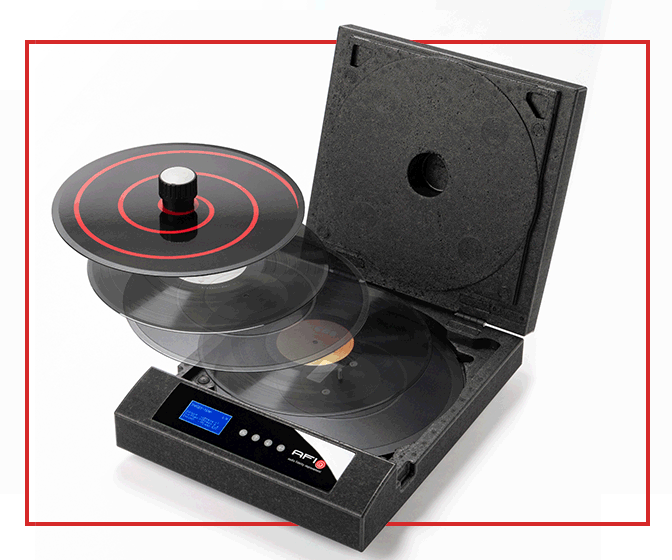
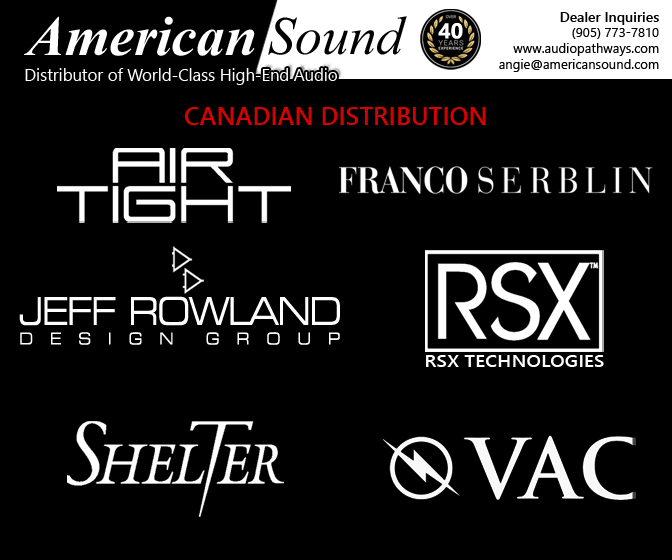
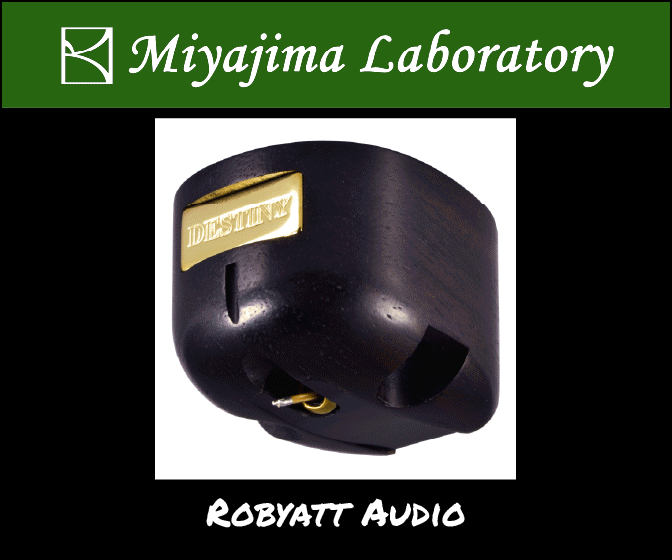
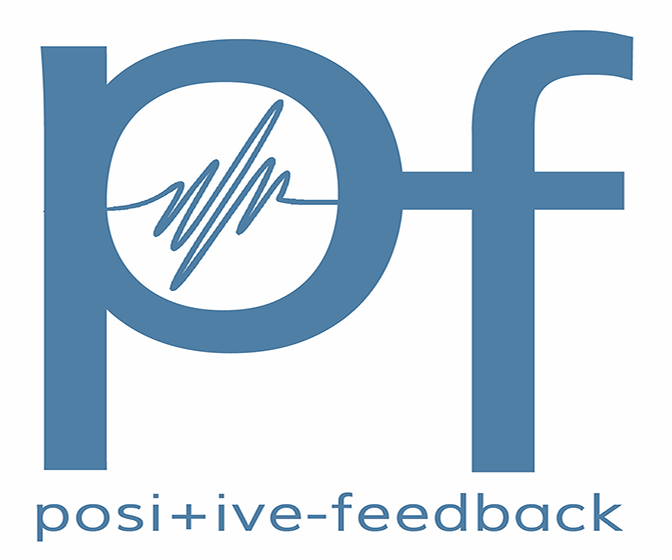
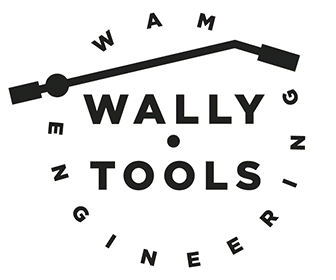

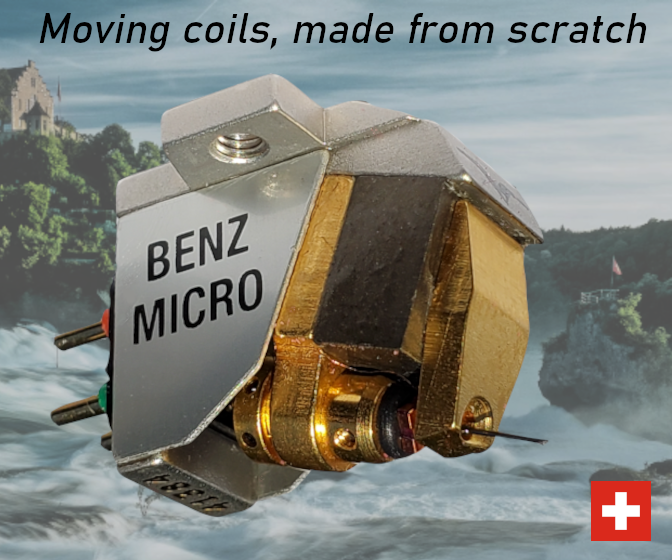

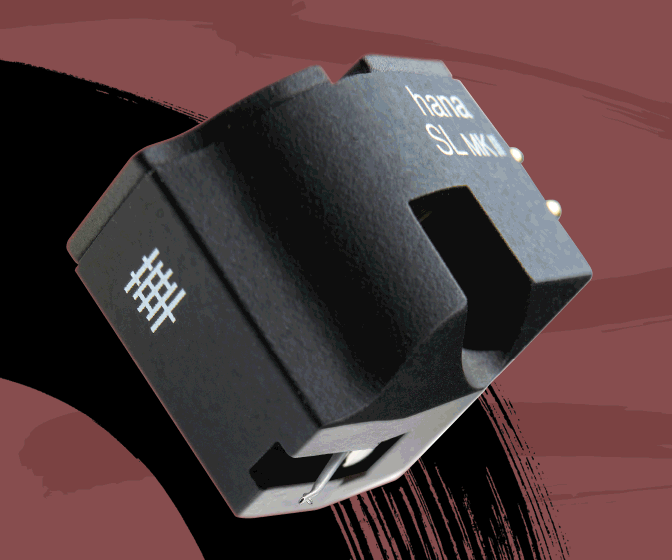
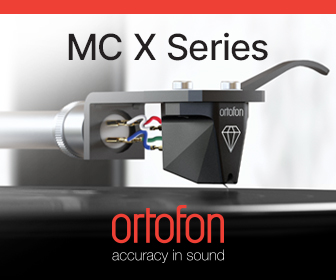
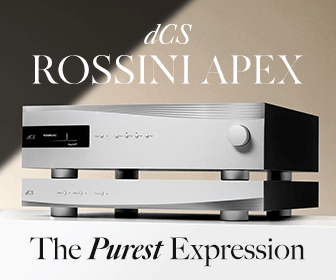
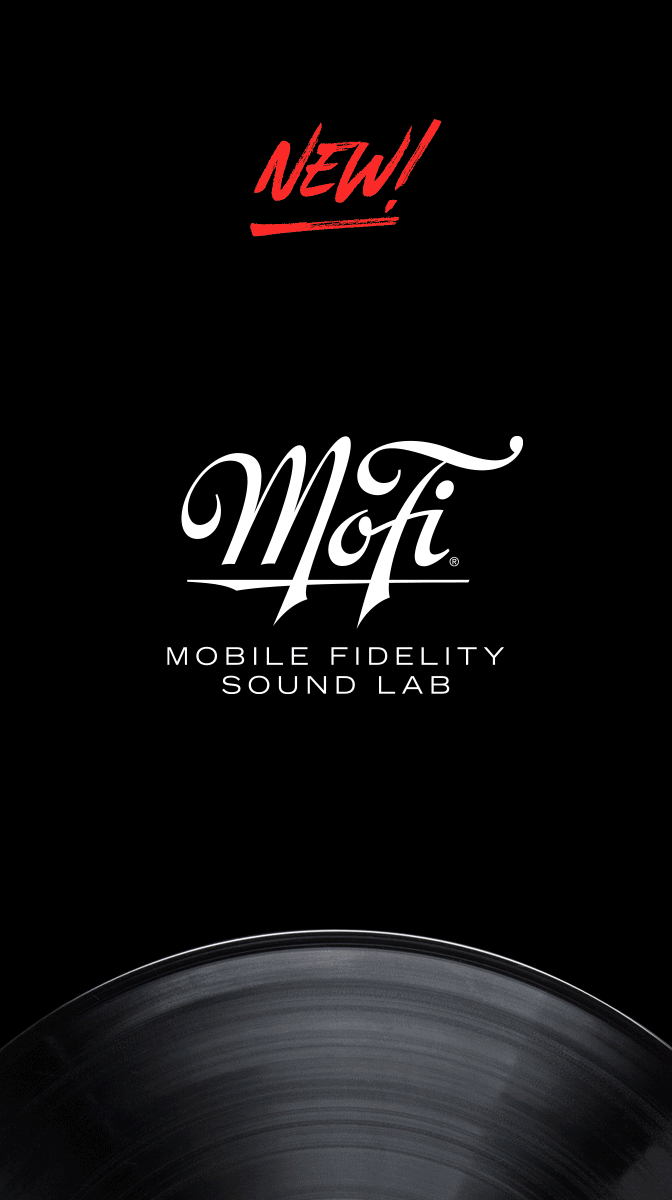

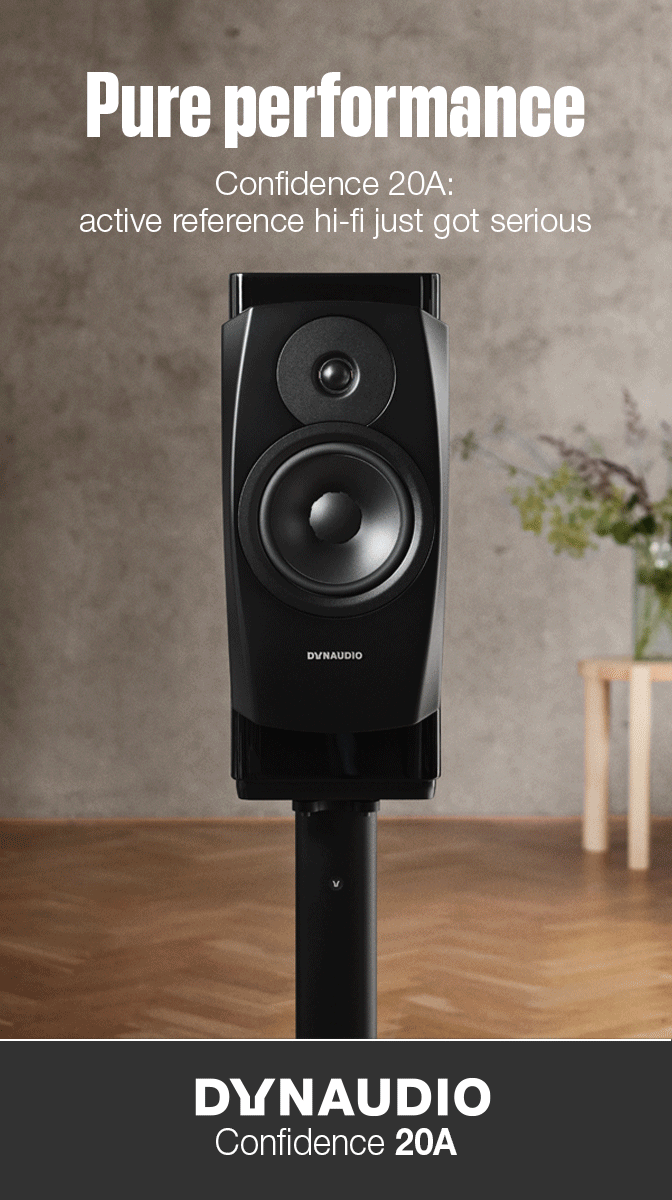

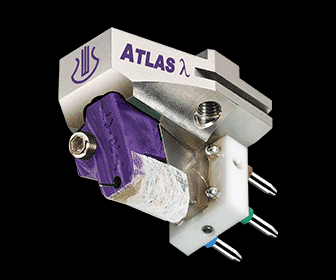

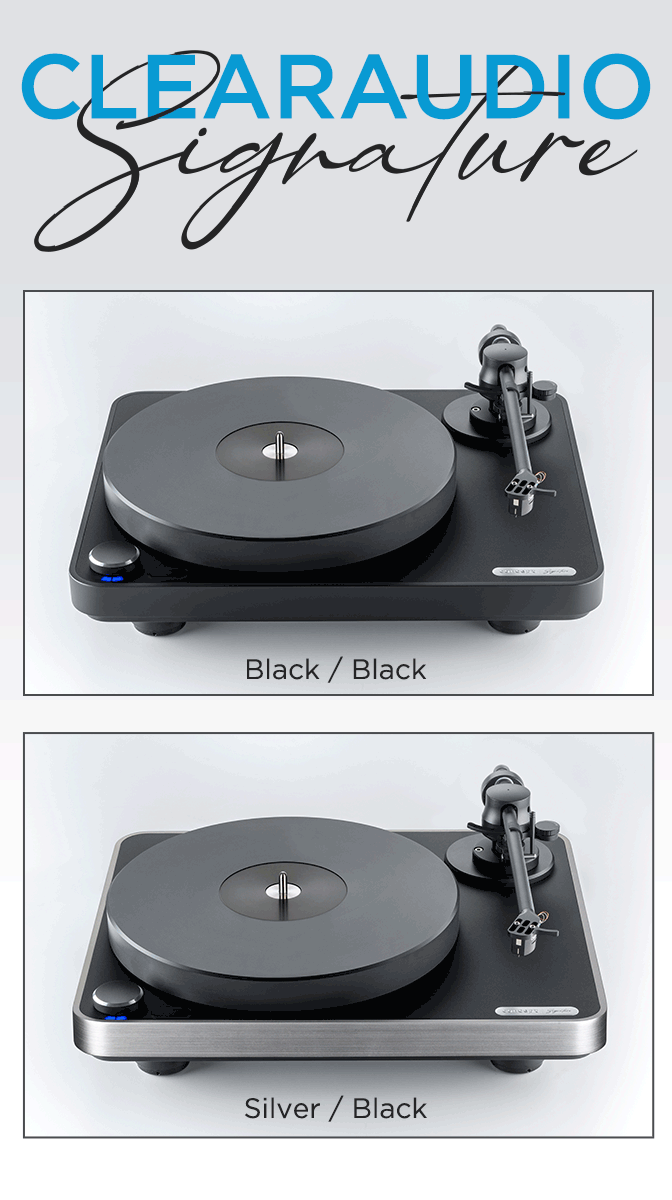
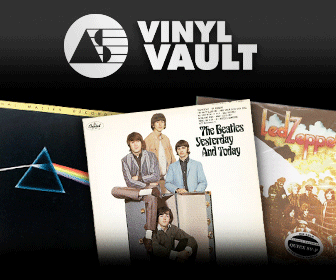

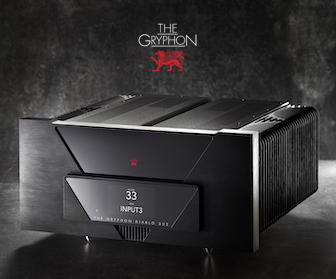
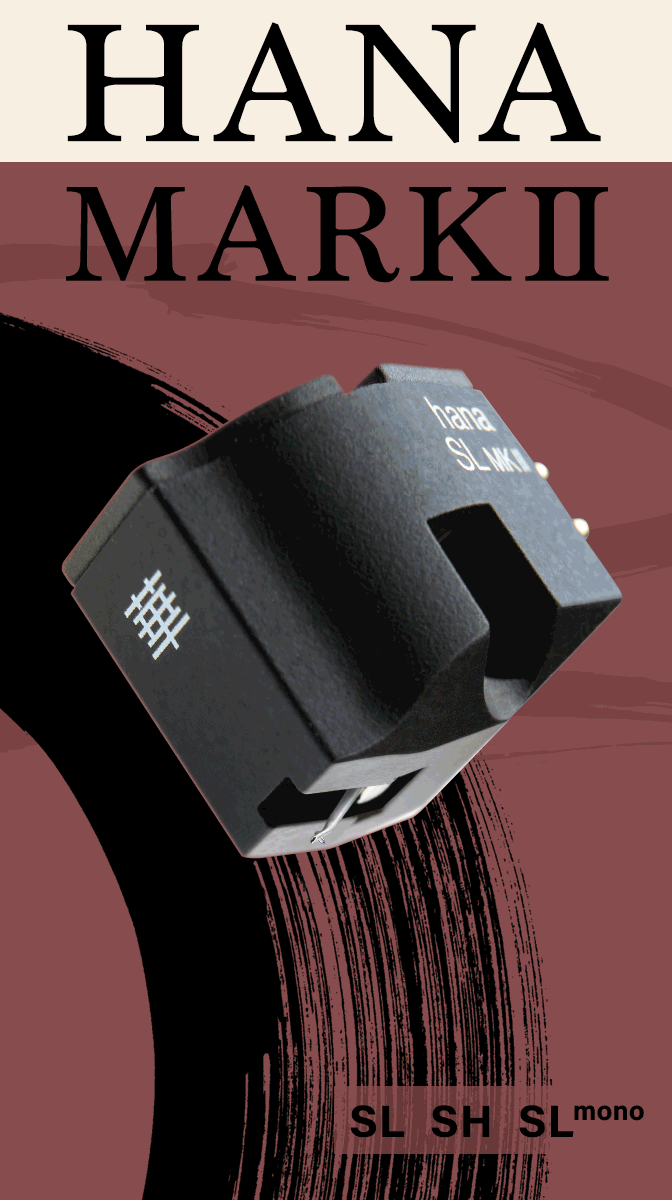


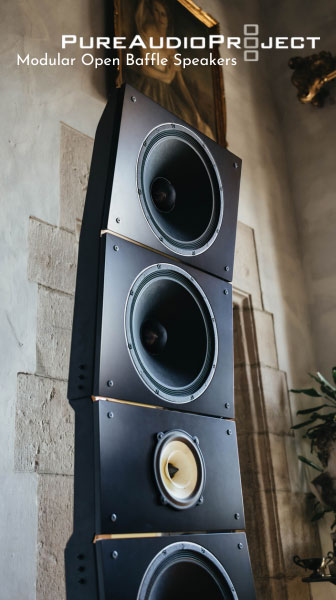
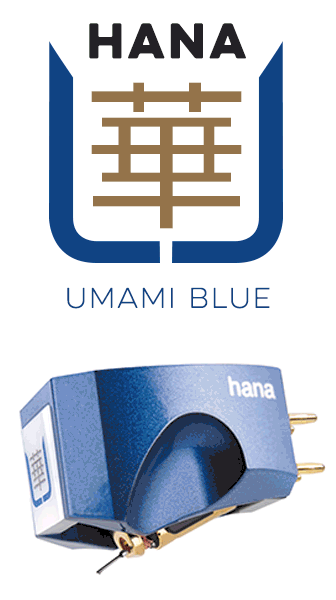





.png)








